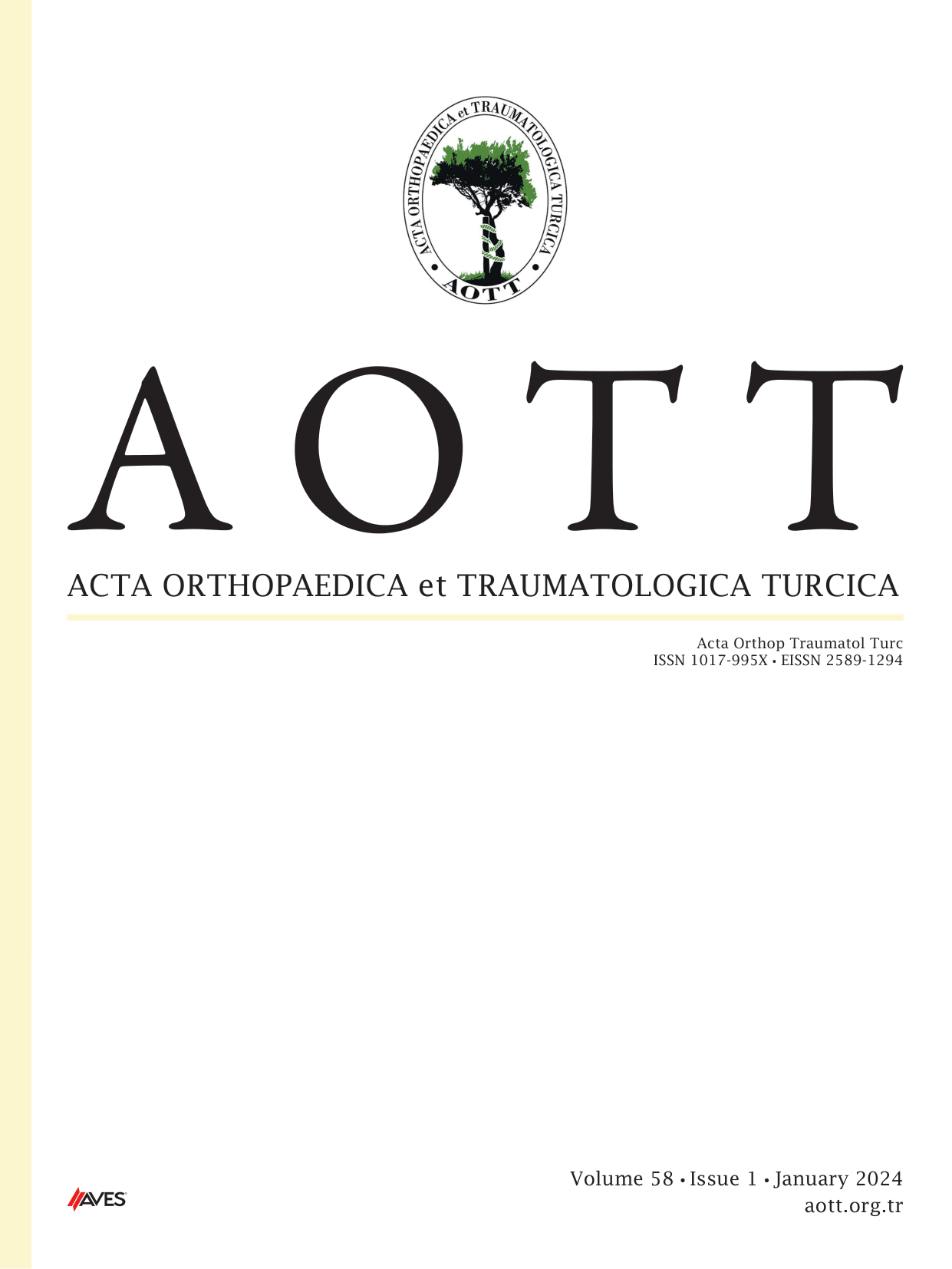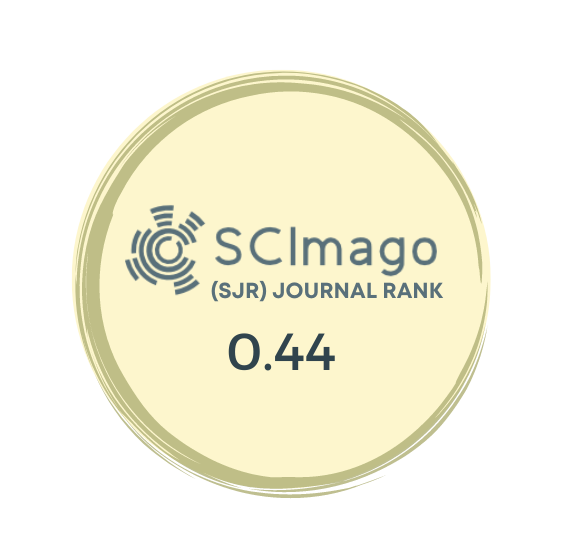Abstract
Purpose
The aim of this study is to investigate which ADAMTS genes play a major role in the development of primary hip osteoarthritis, by comparing the tissue and blood samples in patients with hip osteoarthritis and a control group.
Material and methods
Human articular cartilage was obtained from femoral heads of 15 patients with end stage osteoarthritis undergoing total hip replacement. As the control group, the cartilages was obtained from femoral heads of 15 patients, who did not have osteoarthritis or degenerative changes in hip joint, undergoing hip replacement following the fracture of the femoral neck. After the cartilage samples were taken from the resection materials, the DNA polymorphisms in the patients' cartilage samples were tested by Polymerase Chain Reaction (PCR), the serum levels of aggrecanase genes were analyzed with Enzyme-Linked ImmunoSorbent Assay (ELISA).
Results
The level of ADAMTS5 and ADAMTS9 genes were found significantly lower as a result of ELISA analysis degenerative arthritis group than the control group (p < 0,05). ADAMTS 1, 4, 8, 15 were similar between the two groups in ELISA analysis (p > 0,05). As a result of quantitative real time RT-PCR analysis, the level of ADAMTS8 mRNA increased 3.5 fold in hip degenerative arthritis group when compared with femoral neck fractures group. ADAMTS1, ADAMTS4 and ADAMTS5 expression levels in hip degenerative arthritis group were decreased 2.5, 2 and 2.5 fold, respectively. ADAMTS9, 15 were found to be similar between two groups.
Concluson
As a result of this study on hip osteoarthritis, the ADAMTS8 levels was found to be significantly higher in the end stage of hip osteoarthritis. Unlike similar studies on knee osteoarthritis, ADAMTS1,4,5 levels were found to be lower.
ER -






